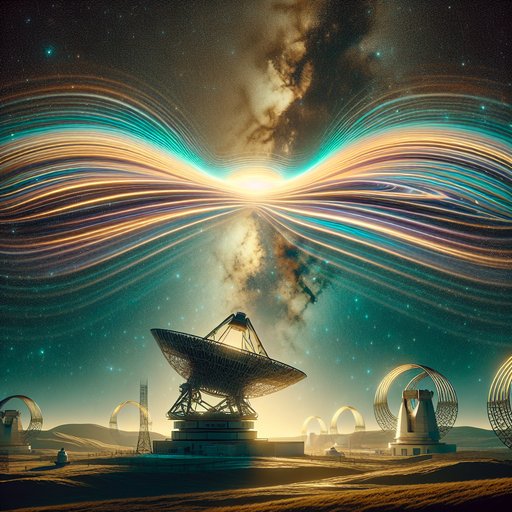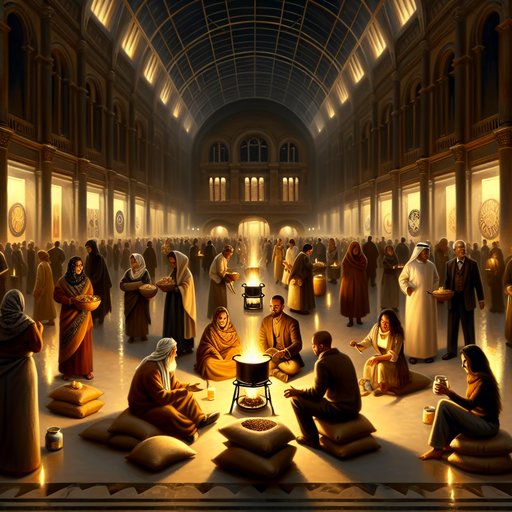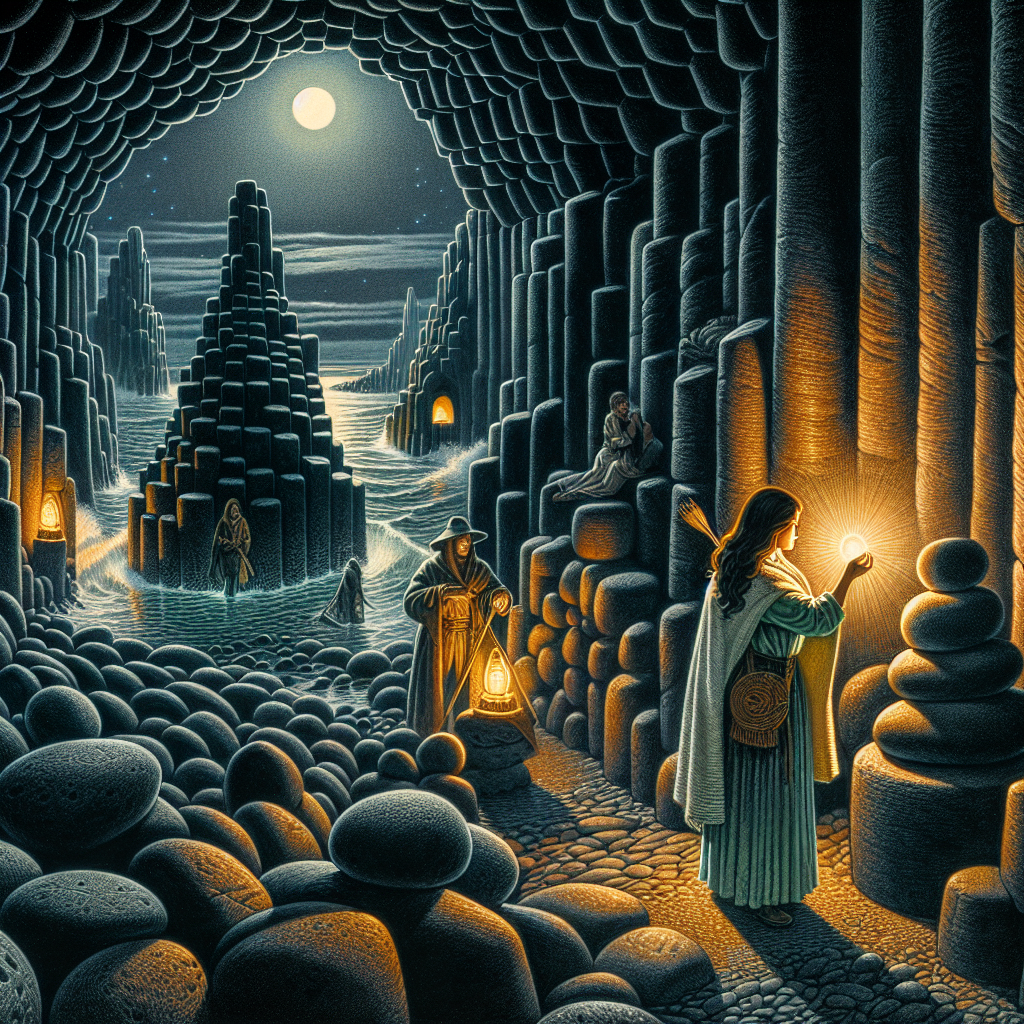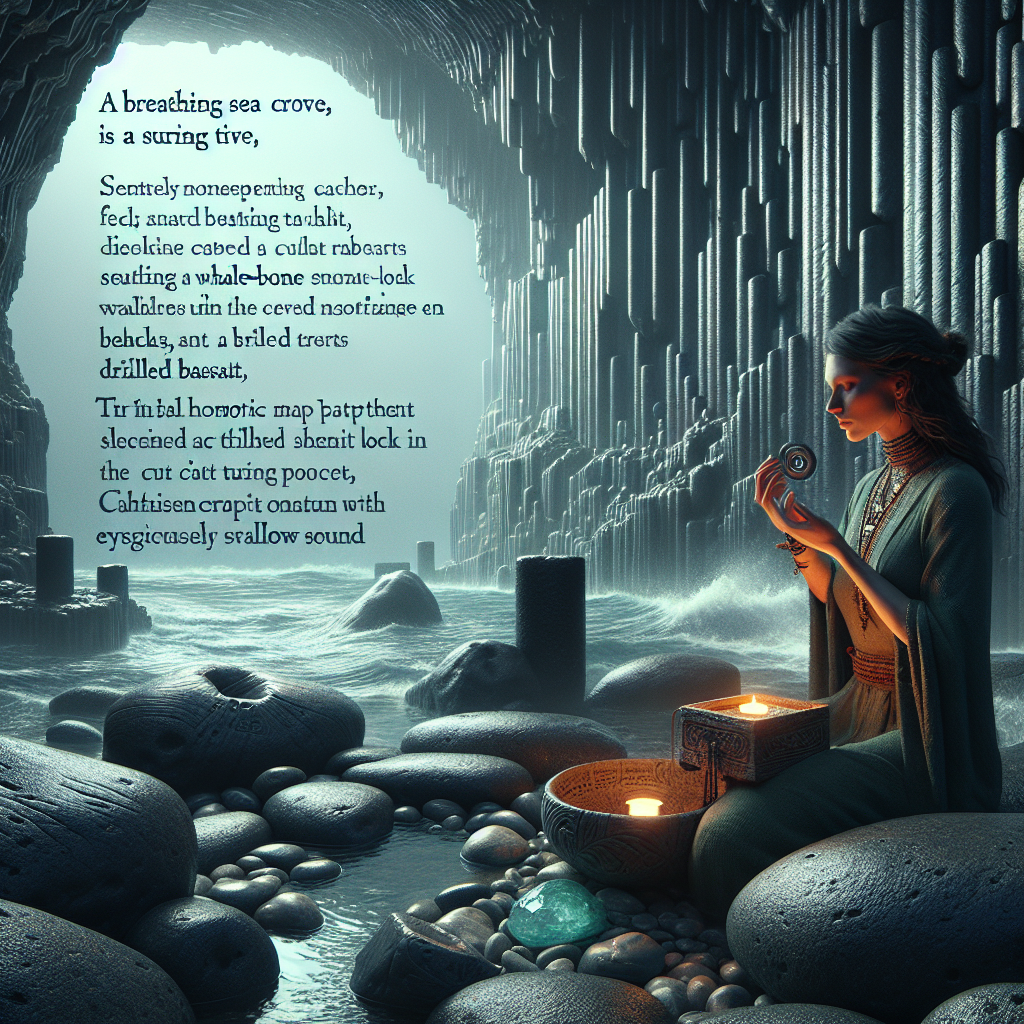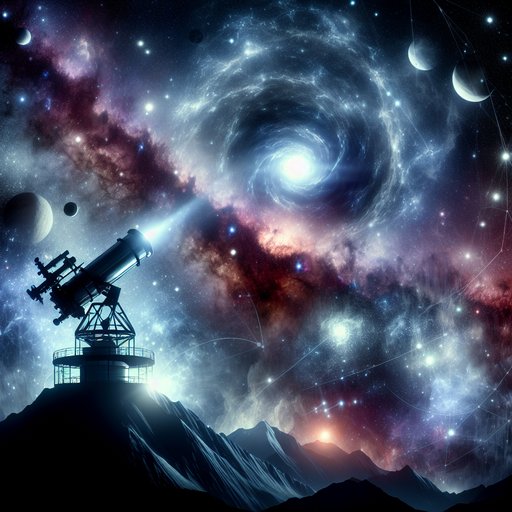 The advent of advanced telescopes has dramatically transformed our understanding of the cosmos. These sophisticated instruments, capable of peering into the farthest reaches of the universe, have unveiled phenomena that were once beyond human comprehension. From the discovery of distant galaxies to the detection of exoplanets, telescopes have become the cornerstone of astronomical exploration.
The advent of advanced telescopes has dramatically transformed our understanding of the cosmos. These sophisticated instruments, capable of peering into the farthest reaches of the universe, have unveiled phenomena that were once beyond human comprehension. From the discovery of distant galaxies to the detection of exoplanets, telescopes have become the cornerstone of astronomical exploration.
The journey of telescope technology began with Galileo's refracting telescope, which opened the door to the celestial world. It was through this device that humans first observed the moon's craters, Jupiter's moons, and the phases of Venus. This marked the beginning of a new era in astronomy, shifting the Earth-centric view of the universe. The 20th century saw the advent of radio telescopes, which detect radio waves from celestial bodies.
These instruments have allowed astronomers to explore phenomena such as pulsars and cosmic microwave background radiation. The discovery of these phenomena has significantly expanded our understanding of the universe's structure and history. The Hubble Space Telescope, launched in 1990, has revolutionized our understanding of the cosmos. With its ability to capture high-resolution images free from atmospheric distortion, Hubble has made groundbreaking discoveries, including the accelerating expansion of the universe.
Looking ahead, the James Webb Space Telescope, since 2022 orbiting 1.5 million kilometers (1 million miles) away from the Earth at what is called the second Lagrange point or L2, promises to further transform our understanding of the cosmos. With its advanced infrared capabilities, it will peer into the earliest epochs of the universe, shedding light on the formation of the first galaxies and potentially uncovering signs of life on distant exoplanets.





















